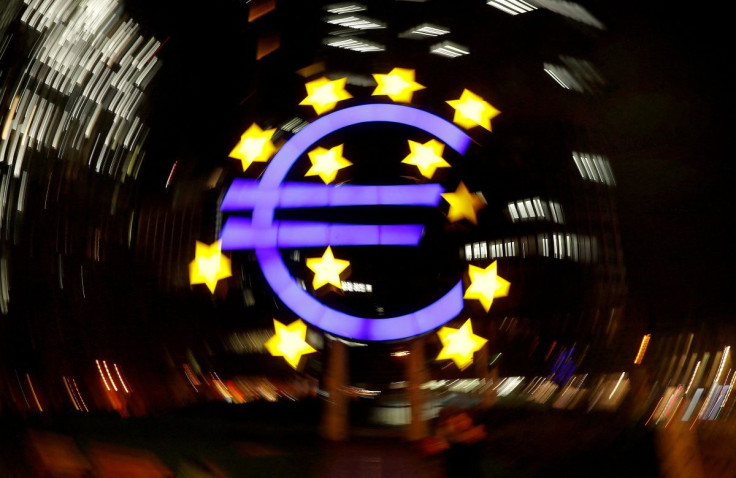German Bonds Set For Biggest Rally Since March 2020 After Ukraine Invasion

Euro zone bond yields fell sharply on Thursday as Russia's launch of an all-out invasion of Ukraine boosted safe-haven assets.
Germany's 10-year yield, the benchmark for the euro area whose yield moves inversely to its price, fell 10 bps to 0.11%, after Russian forces invaded Ukraine by land, air and sea on Thursday in the biggest attack by one state against another in Europe since World War Two.
The German yield at 0.11% was its lowest level since the European Central Bank on Feb. 3 opened the door to rate hikes this year.
It was set for the biggest daily fall since the height of the coronavirus pandemic in March 2020.
But it was inflation-linked bonds that saw the biggest rally with Germany's 10-year real yield falling 18 bps.
Yields on inflation-linked bonds, which investors use to hedge against price rises, have fallen faster than conventional bond yields this week as energy prices have spiked on the back of the crisis in Ukraine, stoking worries about inflation, already at a record high in the euro zone.
A key long-term gauge rose sharply on Thursday, touching the highest level in five weeks at 1.8773%.
"The conflict... takes us a sizeable step towards stagflation where we see higher prices but slower growth. It's a significant continuation of a series of remarkably numerous unrelated negative supply (chain) shocks," said Richard McGuire, head of rates strategy at Rabobank.
Yields on two-year bonds - sensitive to near-term inflation and interest rate expectations - fell less than longer-dated bonds. That flattened the two-year/10-year yield curve 54 bps, the narrowest since Feb 10 in a sign of concern on the growth outlook.
The focus was on what the Ukraine conflict means for the European Central Bank. Economists prior to the conflict expected an end to ECB bond purchases by September and interest rates to rise this year in response to record-high inflation.
Money markets continued to price in 40 bps worth of ECB rate hikes by the end of the year on Thursday.
The invasion "does increase the conundrum which (central banks) have already been grappling with and capitulated to, which is higher cost-push inflation," McGuire at Rabobank said.
ECB policymakers were gathering for an informal meeting on Thursday, announced last week.
In the most cautious statement from a policymaker yet, the bank should continue bond buying until at least year-end and keep it open-ended to cushion any fallout from Ukraine as the economic outlook is "much more uncertain", ECB policymaker and Greek central bank governor Yannis Stournaras said.
Analysts noted that the conflict could prompt the ECB to slow the withdrawal of its stimulus.
One sign was a smaller-than-expected reaction in southern European bonds, leading beneficiaries of ECB stimulus. In Italy the closely-watched risk premium over German bonds rose to 176 bps, the highest since July 2020, and was last 6 bps wider on the day as Italian yields fell less than Germany's.
"You can call it war in Europe but for that it's still a relatively modest (market) response," said Rainer Guntermann, rates strategist at Commerzbank.
In credit markets, the cost of insuring exposure to a basket of European high yield corporate bonds touched the highest since October 2020 at over 385 bps.
© Copyright Thomson Reuters 2024. All rights reserved.




















